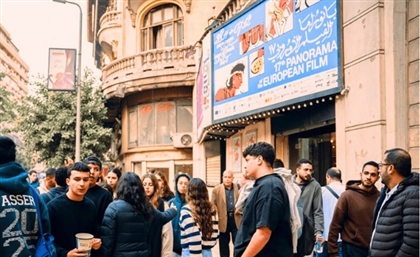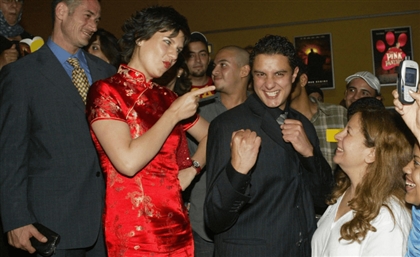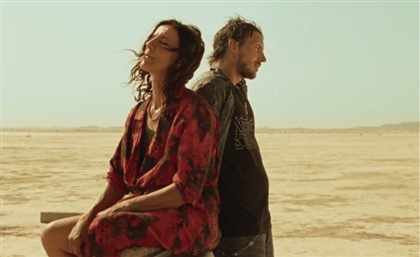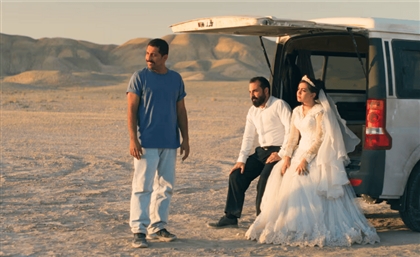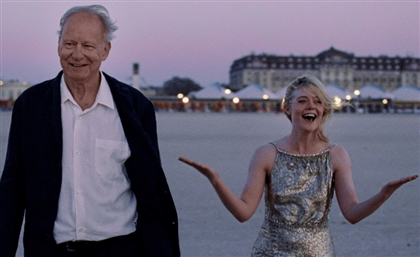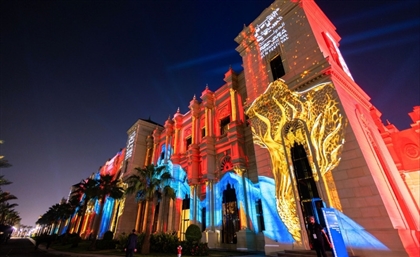Cimatheque Launches Independent Digital Film Restoration Unit
Restoration is perceived as the act of “high-resing” a film. But Cimatheque’s practice involves returning the film to its original state.
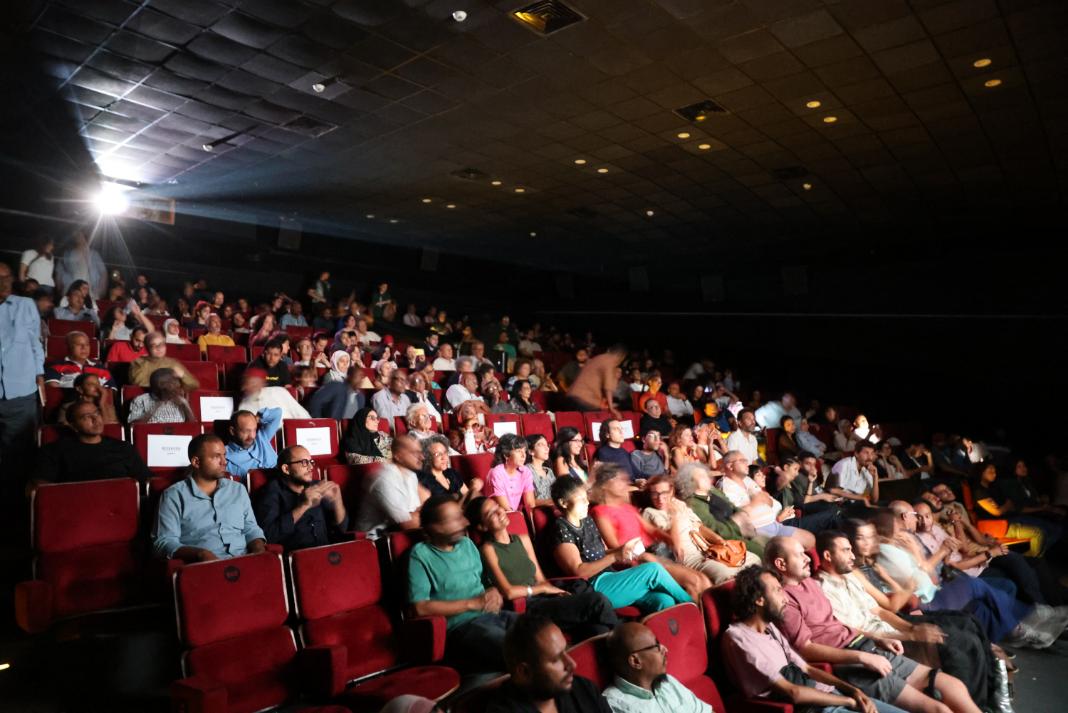
This story resists linearity. At least in the way independent art projects/initiatives work in Cairo.
“We usually struggle when trying to explain what we do at Cimatheque,” said Tamer El Said, founding partner, filmmaker, and producer, to an audience seated in Downtown Cairo’s Zawya Cinema on September 15th, ahead of the world premiere of restored films Atteyat El Abnoudy’s ‘The Sad Song of Touha’ (1972) and Sudanese filmmaker Hussein Shariffe’s ‘Dislocation of Amber’ (1975).
An alternative film centre, a restoration unit, an archive, a space for filmmakers. Cimatheque is many things, but perhaps it is defined by a lack of anything similar, the lack of a reference in Egypt and the wider MENA region. El Said made this statement as an attempt to explain what the audience was about to watch: the result of years of work, both in what and in how it was done.
Headquartered in Downtown Cairo, that night, Cimatheque had invited the city’s filmmakers, along with the wider community of cultural practitioners and critics, for a set of celebrations and announcements: the reveal of two restored films, developed as part of the Remastered (a four-month digital film restoration training programme).
More than a decade ago, late Egyptian filmmaker Atteyat El Abnoudy shared a portion of her archive with Cimatheque, a core reason why its archival practices were realised. Years later, one of her films was restored in a training programme in collaboration with Sudan Film Factory.
The programme was not designed specifically to restore those films, though. It was created to train Egyptian restorers, a job globally and mostly reserved for formal governmental institutions, just like the archive itself is too. At the world premiere of the two restored films, Cimatheque revealed the launch of their new digital restoration unit.
They also announced that the film centre is now restoring three iconic Youssef Chahine films: ‘Awdat Al Ibn Al Dal’ (1976), ‘Iskindiriya Leh’ (1979) and ‘Hadouta Masreya’ (1982)
While restoration is commonly perceived as the act of “high-resing” a film, Cimatheque’s practice involves returning the film to its original state, preserving the filmmaker’s intention and honouring the context in which the film was produced. And the “ethics” of that were discussed more than its technicalities. “We have to respect the filmmaker’s vision, the time and context in which the film was produced to restore it,” said El Said.
El Said is someone who pauses mid-sentence and carefully selects his next word. And then takes it back and uses another. He is careful and hesitant — the kind of hesitancy and humility that is anxious about not producing something — a thought, a sentence, a film, or a restored film — to the best possible outcome. That hesitance is institutional at Cimatheque: a careful awareness of the repercussions and the stakes, which could be seen as stagnant, but eventually creates something. Like a film, ethically restored and an entire ecosystem and structure to continue that practice.
In this portion of the night, Cimatheque hosted a presentation. Led by Leo, Cimatheque Film Restoration Unit Supervisor and Remastered Mentor, and Seham Shaheen, the Cimatheque Archive Supervisor. It was part pitch, part lecture, on the process. It was my first time attending a lecture at Zawya, a lecture in the best sense of the word, and a pitch also in the best sense of the word. Just as the restoration was meticulous and carried out through a well-defined mechanism to ensure more projects like it, the presentation made that process transparent and accessible, even demonstrating how the sound-restoration software works. In unpacking that labour, the showcase allowed audiences to experience films that address urgent contemporary questions, while their restoration simultaneously revealed a significant gap in our understanding of our cinematic history and how to preserve it.
A disconnect from cinematic archives and a lack of restoration initiatives, done by us and owned by us, leaves us constantly reinventing the wheel. Or as one of the participants, Amal Shafek poignantly asked: “Imagine the power I hold as a woman interacting with an archive like that of Abnoudy’s?”
- Previous Article Egypt Qualifies for 2026 FIFA World Cup After 3-0 Djibouti Win
- Next Article Select 357: Mixed by Khorda
Trending This Week
-
Dec 04, 2025







.jpeg)
